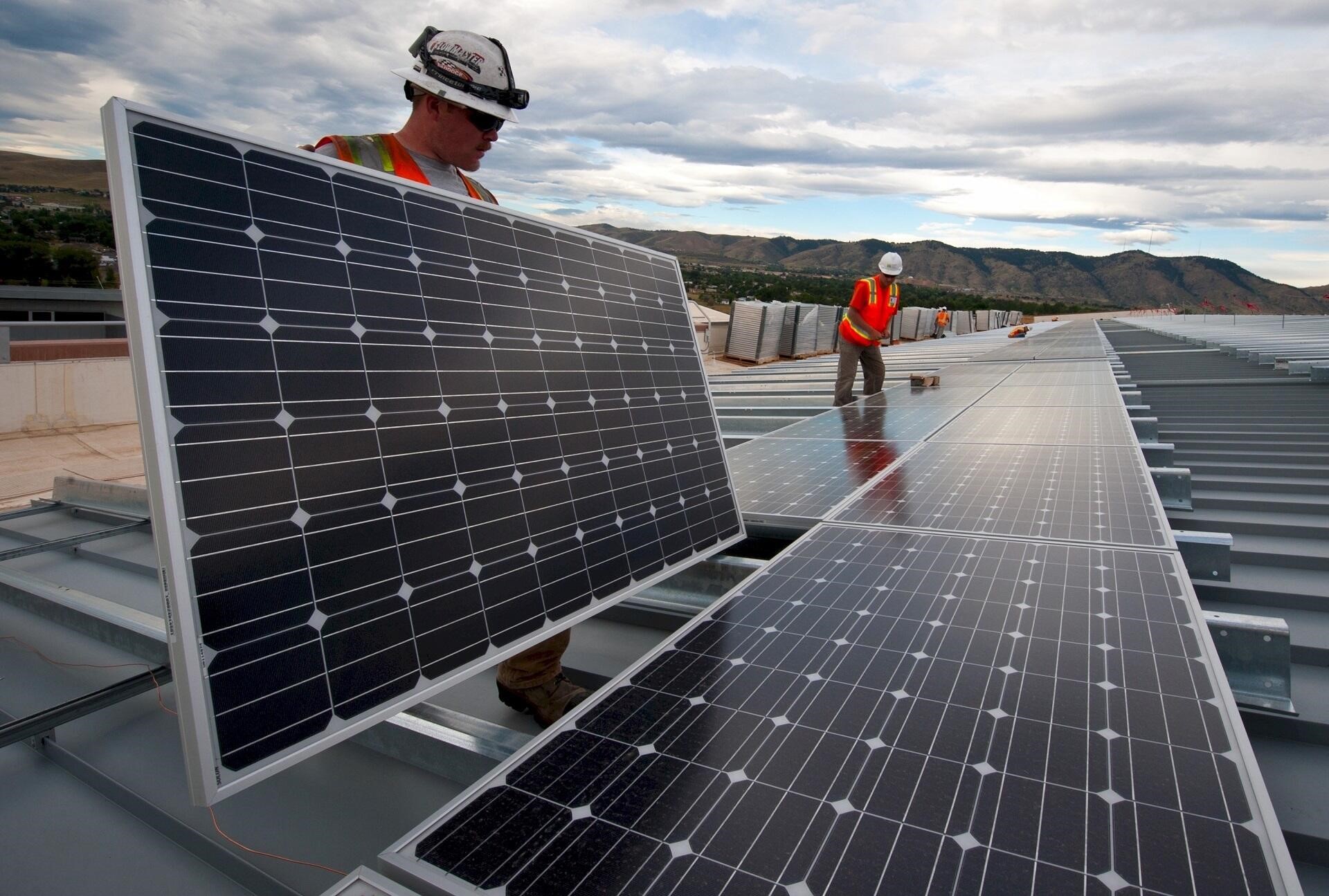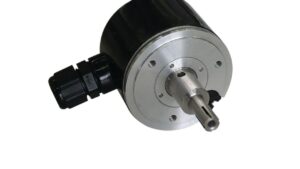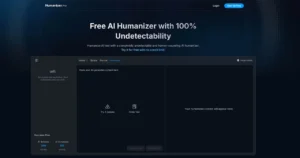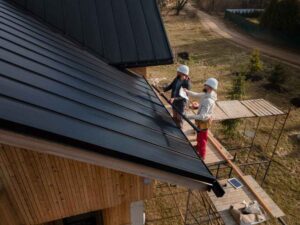Navigating the Process: A Step-by-Step Guide to Flat Roof Solar Installation

Ever thought about turning that unused flat roof into a powerhouse of renewable energy? If so, you’re not alone. More businesses and homeowners are choosing solar energy.
Flat roofs are quickly becoming prime real estate for solar panels. This guide covers each step of flat roof solar installation. It will make the process easy to understand and do.
It has tips for both experienced DIYers and curious homeowners. It’s useful for those looking to hire a professional.
By the end, you’ll know how to change your flat roof into a green energy source. This will save money and cut your carbon footprint.
Assessing Your Roof for Solar Panels
It’s crucial to assess whether your flat roof is suitable for the task. Check if the roof can hold the solar panels and mounts. Make sure it’s strong enough.
Selecting the Right Solar Panels
Choosing the right type of solar panels is a critical step in the solar roofing installation process. There are primarily three types of solar panels to consider:
- Monocrystalline Panels
- Polycrystalline Panels
- Thin-Film Panels
Monocrystalline panels are known for their high efficiency and longevity, but they come at a higher cost. Polycrystalline panels are more affordable but offer lower efficiency.
Thin-film panels are light and flexible. They suit flat roofs but are less efficient than crystalline panels.
Understanding Mounting Systems
Mounting systems play a crucial role in securing solar panels for your flat roof. There are several types of mounting systems to choose from:
- Ballasted Mounts
- Attached Mounts
- Hybrid Mounts
Electrical Connections and Inverter Installation
Connecting the solar panels to your home’s electrical system is a critical step in the installation process. This typically involves running wires from the panels to an inverter, which converts the DC electricity generated by the panels into AC electricity usable by your household appliances.
Inverters should be installed as close to the solar panels as possible to minimize energy loss. Most systems also include a monitoring system to track energy production and detect any issues.
Permits and Regulations
Before you start your solar panel installation, it’s crucial to obtain the necessary permits and comply with local regulations. This typically involves submitting detailed plans of your installation to your local building department and undergoing inspections.
Regulations can vary significantly depending on your location, so it’s essential to research and understand the requirements in your area. Failure to obtain the necessary permits can result in fines and may require you to remove the panels.
Maintenance and Upkeep
Maintaining your solar panels is relatively straightforward but crucial for ensuring their long-term efficiency. Regularly inspecting the panels for dirt, debris, and damage is essential. Cleaning the panels with water and a soft brush can help maintain their efficiency.
Selecting the right installer for your flat roof solar panel project is just as crucial as choosing the right equipment. If you are looking for the best one, consider Semper Solaris Roofing of Los Angeles. It has built a strong reputation in the field of solar energy installations.
Understanding the Flat Roof Solar Installation
Flat roof solar installation is a smart investment that offers numerous benefits. From significant cost savings and environmental impact to increased property value, the advantages are clear. By following this step-by-step guide, you can confidently transform your flat roof into a sustainable energy source, contributing to a greener future while enjoying the financial rewards. For more helpful tips, check out the rest of our site today.







